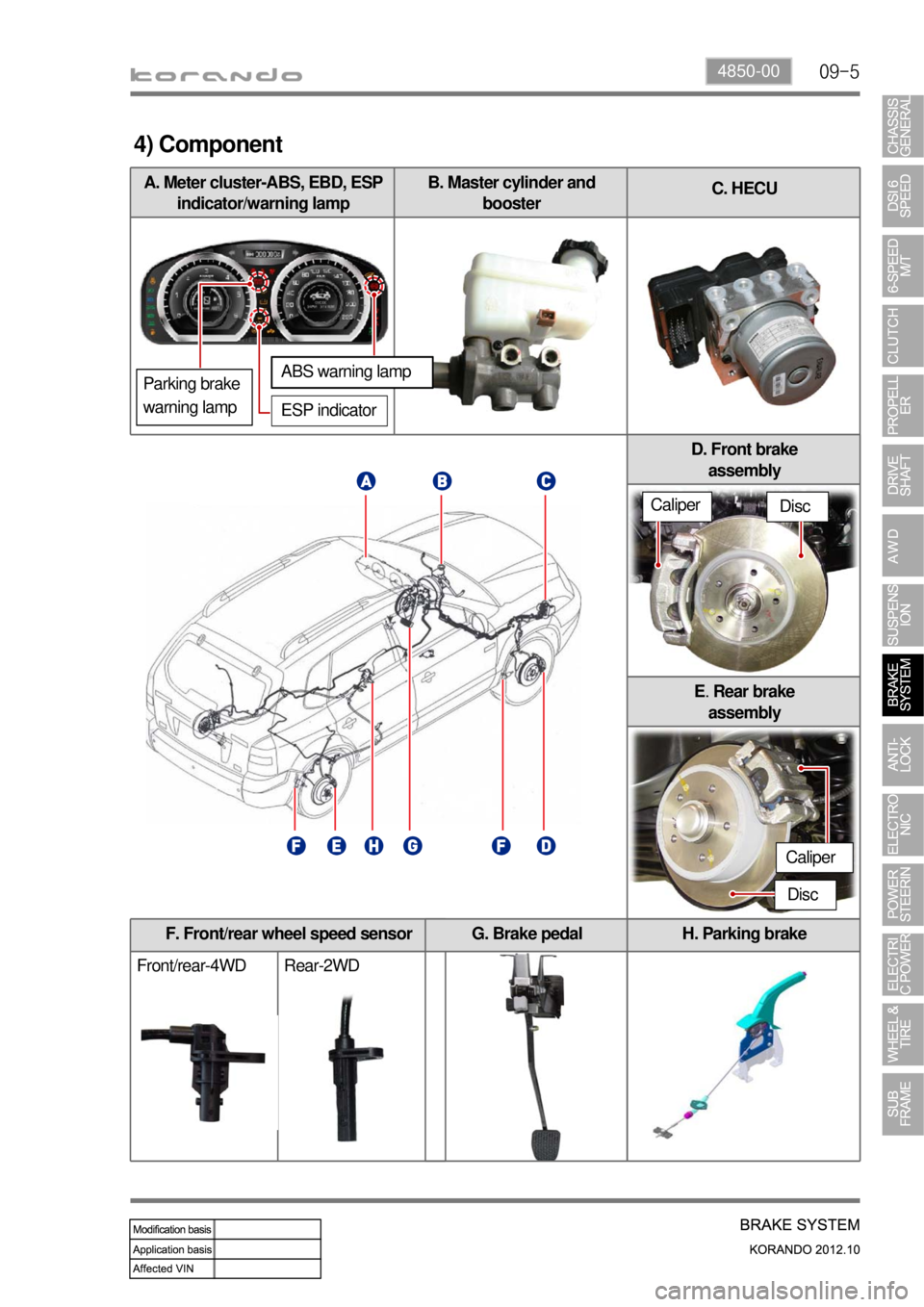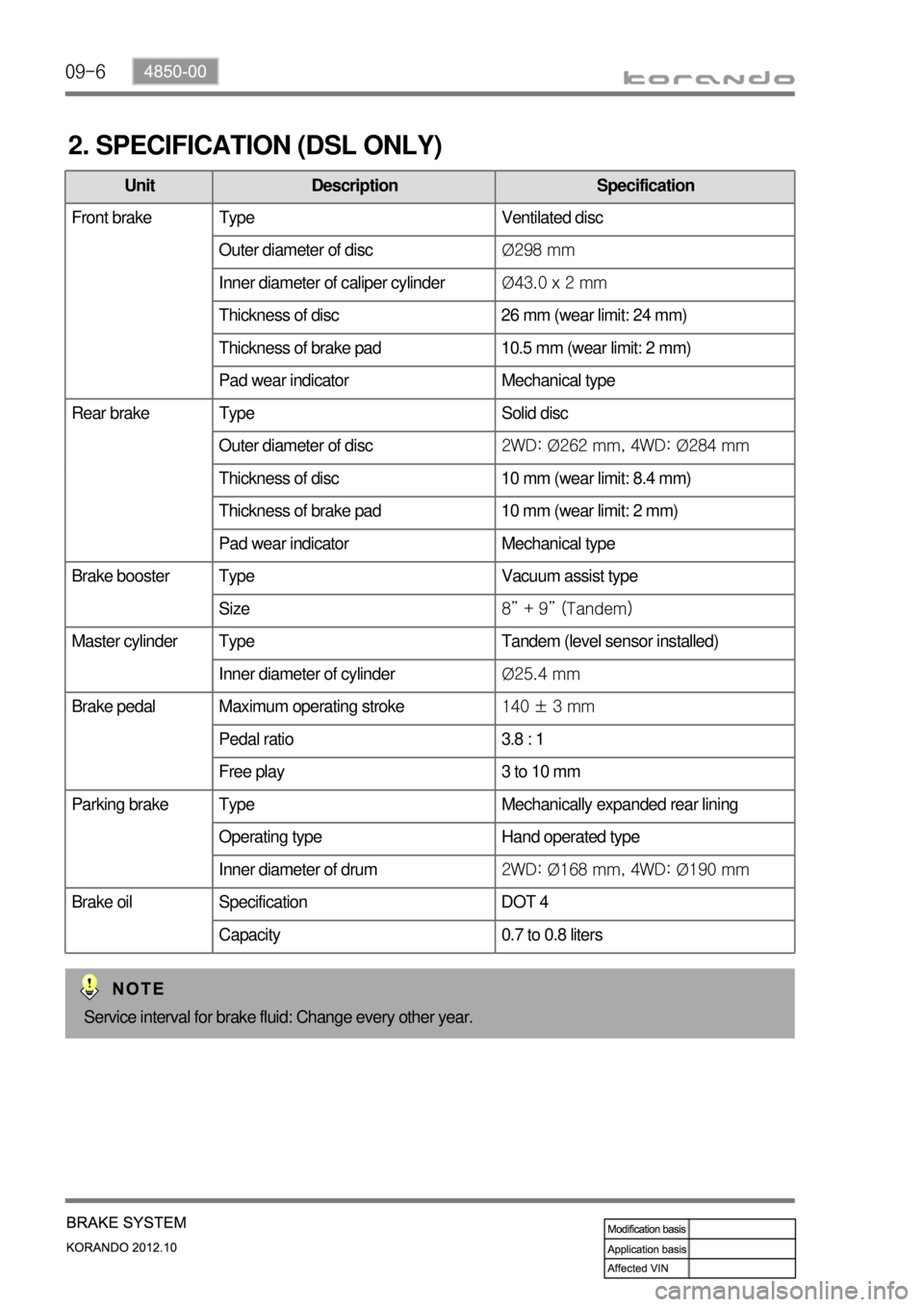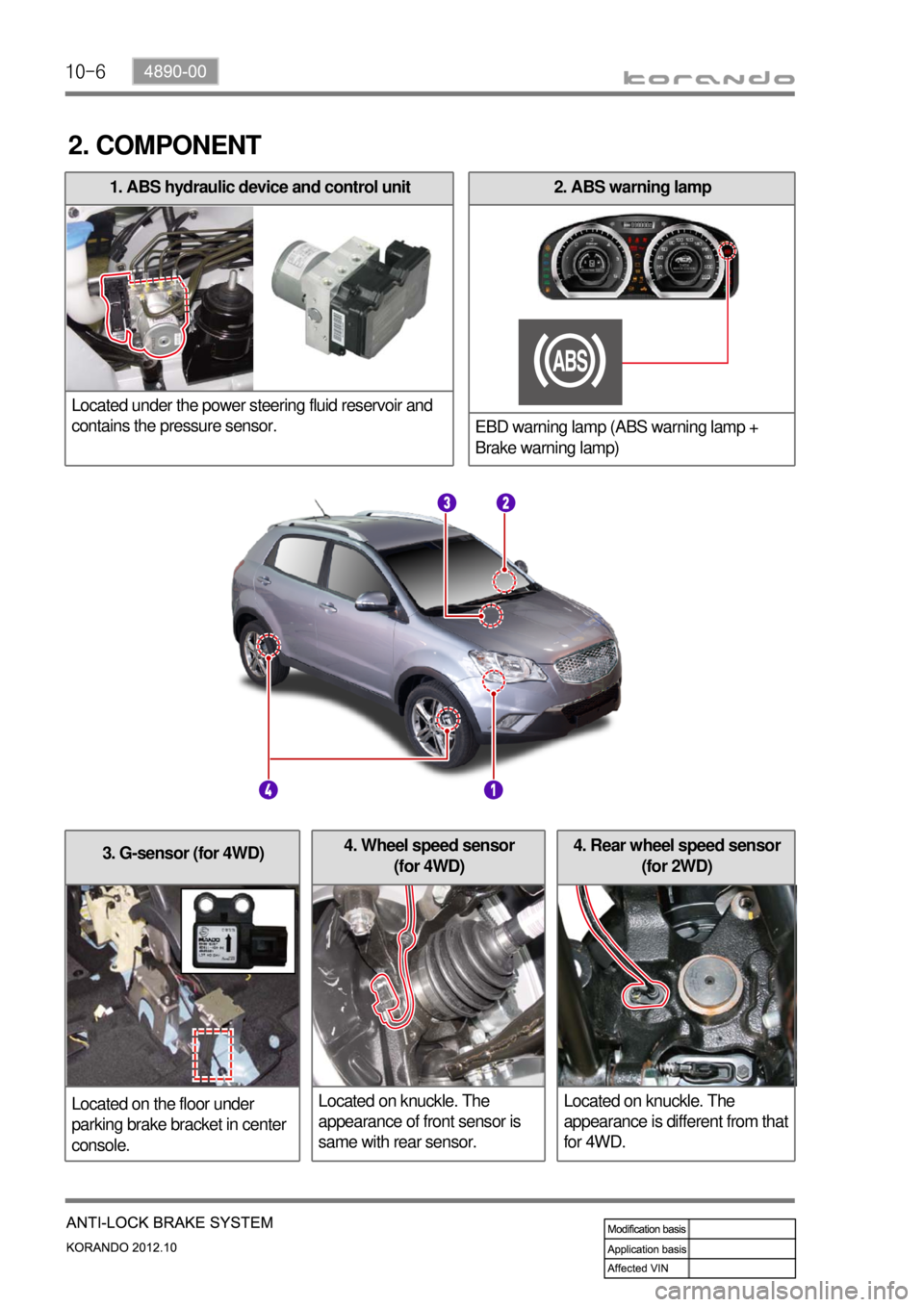brake SSANGYONG KORANDO 2012 Repair Manual
[x] Cancel search | Manufacturer: SSANGYONG, Model Year: 2012, Model line: KORANDO, Model: SSANGYONG KORANDO 2012Pages: 1082, PDF Size: 96.1 MB
Page 880 of 1082

03-20
2) Operation in Each Gear Position
(1) Neutral/Park
Lower & reverse brake (LR/B) op<008c00990088009b008c008b004702e700470076009d008c0099008b00990090009d008c0047004f00760056006b00500047008f009c0089004700930096008a0092008c008b004702e7004700740090008b008b0093008c0047004d00470099008c008800
9900470047004f00740070006b0047004d0047>
REAR) P/C locked
<007000950097009c009b0047009a008f0088008d009b004700990096009b0088009b008c008b004702e700470079008c008800990047009a009c00950047008e008c00880099004700990096009b0088009b008c008b004702e700470079008c0088009900
47009000950095008c00990047009700900095009000960095> reverse rotated → Rear outer
<009700900095009000960095004700990096009b0088009b008c008b004702e700470079008c008800990047008800950095009c0093009c009a0047008e008c00880099004700990096009b0088009b008c008b004702e70047006d009900960095009b00
47008800950095009c0093009c009a0047008e008c00880099> rotated → Front pinion
<00990096009b0088009b008c008b004702e70047006d009900960095009b0047009a009c00950047008e008c0088009900470099008c009d008c0099009a008c004700990096009b0088009b008c008b004702e70047007c0095008b008c0099008b009900
90009d008c0047004f007c0056006b00500047008f009c0089> reverse rotated
Input shaft rotated → Overdrive clutch (OD/C) retainer rotated
Input shaft rotated → 35R clutch rotated -
-
-
-
Power flow ▶
Description 35R C OD C 26 B UD B LR B O.W.C
P.N●
Page 923 of 1082

09-34850-00
1. SYSTEM OVERVIEW
1) Terms and Definition
CBS: Conventional Brake System
ABS: Anti-Lock Brake System
EBD: Electronic brake-Force Distribution
ESP: Electronic Stability Program
ABD: Automatic Braking Differential
ASR: Acceleration Slip Regulation
AYC: Active Yaw Control (Understeer and Oversteer Control)
HBA: Hydraulic Brake Assistant
ARP: Active Rollover Protection
HSA: Hill Start Assistant -
-
-
-
-
-
-
-
-
-
2) Functions
FunctionVehicle with CBS
Vehicle with ABS/EBD Vehicle with ESP
ABS
Not appliedApplied
Applied EBD Applied
ABD
Not applied ASR
AYC
HBA
ARP
HSA
Page 925 of 1082

09-54850-00
F. Front/rear wheel speed sensor
Front/rear-4WD Rear-2WDH. Parking brake
A. Meter cluster-ABS, EBD, ESP
indicator/warning lampB. Master cylinder and
boosterC. HECU
G. Brake pedal
4) Component
ABS warning lamp
ESP indicator
D. Front brake
assembly
E. Rear brake
assembly
Disc
Disc
Parking brake
warning lamp
Caliper
Caliper
Page 926 of 1082

09-6
2. SPECIFICATION (DSL ONLY)
Unit Description Specification
Front brake Type Ventilated disc
Outer diameter of discØ298 mm
Inner diameter of caliper cylinderØ43.0 x 2 mm
Thickness of disc 26 mm (wear limit: 24 mm)
Thickness of brake pad 10.5 mm (wear limit: 2 mm)
Pad wear indicator Mechanical type
Rear brake Type Solid disc
Outer diameter of disc2WD: Ø262 mm, 4WD: Ø284 mm
Thickness of disc 10 mm (wear limit: 8.4 mm)
Thickness of brake pad 10 mm (wear limit: 2 mm)
Pad wear indicator Mechanical type
Brake booster Type Vacuum assist type
Size8” + 9” (Tandem)
Master cylinder Type Tandem (level sensor installed)
Inner diameter of cylinderØ25.4 mm
Brake pedal Maximum operating stroke140 ± 3 mm
Pedal ratio 3.8 : 1
Free play 3 to 10 mm
Parking brake Type Mechanically expanded rear lining
Operating type Hand operated type
Inner diameter of drum2WD: Ø168 mm, 4WD: Ø190 mm
Brake oil Specification DOT 4
Capacity 0.7 to 0.8 liters
Service interval for brake fluid: Change every other year.
Page 927 of 1082

09-74850-00
1. OVERVIEW
Even though a driver cuts off the power, while driving, the vehicle continues to move due to the law of
inertia. Therefore, a braking device is needed to stop the vehicle. The brake system normally uses the
frictional discs that converts the kinetic energy to the thermal energy by frictional operation. The brake
system consists of the brake disc (front wheel), brake disc or drum (rear wheel), parking brake
(mechanical type), master cylinder, booster, pedal and supply lines (pipes and hoses).
Hydraulic brake ▶
Brake pedal ▶This system uses the leverage effect and Pascal's
principle. When depressing the brake pedal, the
pedal pressure is increased by booster and is
delivered to master cylinder to generate hydraulic
pressure. The hydraulic pressure generated by
the master cylinder is delivered to the brake
caliper through the brake pipes or hoses. This
hydraulic pressure pushes the brake calipers,
accordingly the caliper pads are contacted to
brake disc to generate the braking force.
Brake pedal uses the leverage effect to apply
bigger force to the brake master cylinder.
Page 928 of 1082

09-8
Pad guide bolt:
25.5~30.4Nm
Brake hose bracket
mounting bolt (12 mm):
9.8 ~ 12.8Nm
Air breather screw: 8.8 ~
10.8Nm
Caliper mounting bolt
(19mm x 2EA):
83.3 ~ 102.9Nm
Brake hose bolt
(12 mm):
19.6 ~ 29.4Nm
Wheel disc
Brake caliper
Brake hub
Brake disc
Knuckle Drive shaft Brake hoseBrake pad
Shock absorber
Brake disc
Back plate
Knuckle
2. SECTIONAL DIAGRAM
Front disc brake ▶
Page 929 of 1082

09-94850-00
Rear disc brake ▶
Caliper
Brake hose
Brake disc
KnuckleWheel disc
Brake hub
Brake disc
Fastener Tightening torque Remark
Brake pad guide bolt 25.5 ~ 30.4Nm 14 mm x 2EA
Brake caliper mounting bolt 52.9 ~ 63.7Nm 17 mm x 2EA
Brake hose bolt 19.6 ~ 29.4Nm 12mm
Brake hose bracket mounting bolt 9.8 ~ 12.8Nm 12mm
Air breather screw 8.8 ~ 10.8Nm -
1) Tightening torque
Page 930 of 1082

09-10
3. SYSTEM LAYOUT
Hydraulic line ▶
Brake booster
Brake reservoir and master cylinder
Front disc brake and caliper 1.
2.
3.HECU (Hydraulic & Electric Control Unit)
Rear disc brake and caliper 4.
5.
Page 936 of 1082

10-54890-00
1. SYSTEM OVERVIEW
1) What is ABS?
When braking suddenly or braking on slippery roads, the vehicle keeps moving forward but the wheels
are locking and not rotating. If these happen, the vehicle may lose stability or rotate resulting in an
accident. ABS helps to maintain directional stability and control of the vehicle. ABS is designed to
secure more safety and increase the control of steering wheel during emergency braking situation. But,
ABS does not guarantee perfect safety beyond its physical limit. ABS in this vehicle contains EBD
function. In normal driving conditions, the brake system operates without ABS function.
2) What is EBD (Electronic Brake-force Distribution)?
EBD is an automobile brake technology that automatically varies the amount of force applied to each of a
vehicle's brakes, based on road conditions, speed, loading, etc. Always coupled with anti-lock braking
systems, EBD can apply more or less braking pressure to each wheel in order to maximize stopping
power whilst maintaining vehicular control. EBD does not operate when ABS is working.ABS effect according to braking conditions ▶
Braking on split road Maneuvering while braking
Page 937 of 1082

10-6
3. G-sensor (for 4WD)
Located on the floor under
parking brake bracket in center
console.4. Rear wheel speed sensor
(for 2WD)
Located on knuckle. The
appearance is different from that
for 4WD.4. Wheel speed sensor
(for 4WD)
Located on knuckle. The
appearance of front sensor is
same with rear sensor.
2. ABS warning lamp
EBD warning lamp (ABS warning lamp +
Brake warning lamp)1. ABS hydraulic device and control unit
Located under the power steering fluid reservoir and
contains the pressure sensor.
2. COMPONENT